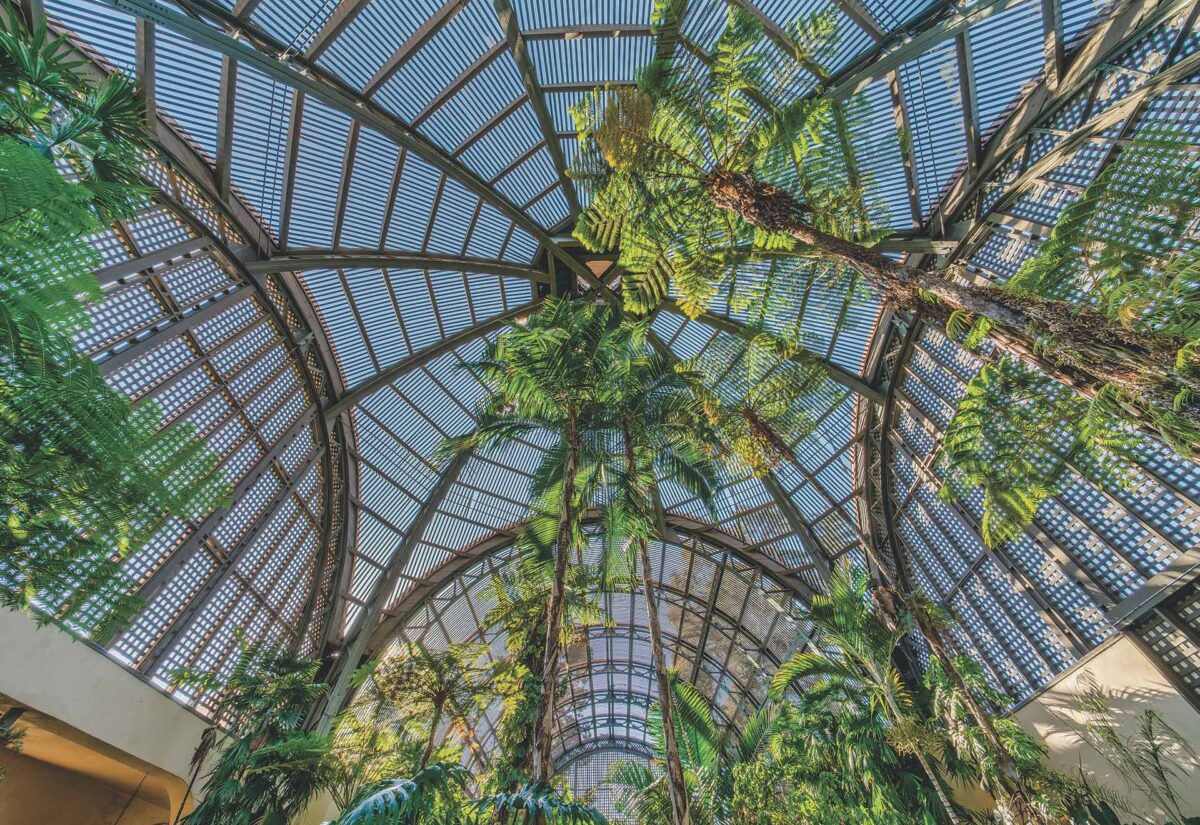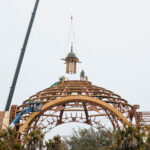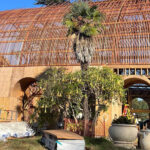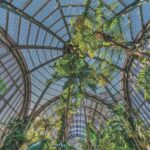The Plan for the Plants
- October 1, 2023

“Now I had entered the garden of Eden. Palms and ferns and flowering plants and vines on all sides, sending out their delicate scents upon the night air to mingle with the odor of moist earth and recent rain, a draft as intoxicating as champagne.” – Alfred D. Robinson
One of the most valued aspects of the Botanical Building and Gardens is its botanical collection. Beyond the historic architecture and general splendor, the unique collections of plants able to live and grow in the Botanical Building and Gardens bring thousands of visitors annually.
The intent of the Botanical Building interior is to feel otherworldly and honor Alfred D. Robinson’s vision for the gardens by including plants not often seen in home gardens.
Over the years, the building has accumulated three distinct microclimates. Paying close attention to light availability and moisture levels, the renovated building will house three different botanical collections—west, center rotunda, and east.
The west wing is naturally sunnier and drier. The restored western interior gardens will focus on flowering plants and oversized grass-like textures. Bright and varying colors in both flowers and foliage will decorate this wing, and plants with fragrant flowers will perfume the air year-round. Fast climbing vines and widespread greenery will quickly create canopy and lend depth to the garden.
In the central rotunda’s transition zone, the building will host changing plant displays. To maintain a beautiful and welcoming space for visitors, existing palms, tree ferns, and mounted plants will create a backdrop for rotating items.
The east wing is shadier and wetter, and will be the home of many of the plants salvaged from the building before the restoration began. This will be the greenest area of the building, with original preserved trees, palms, and cycads, that will be complemented by moist growing plants like orchids, succulents, and air plants.
Wooden framing for the restored arcades is visible now behind the construction fence. And the tenting protecting the sandblasting process has moved to the final third of the building.




